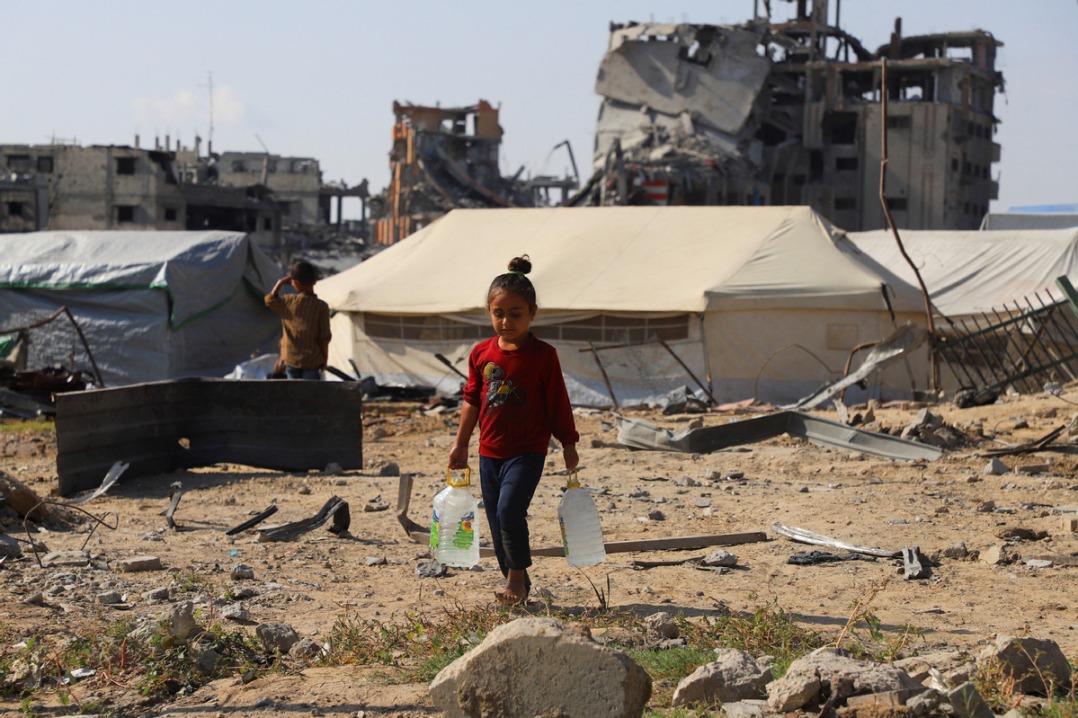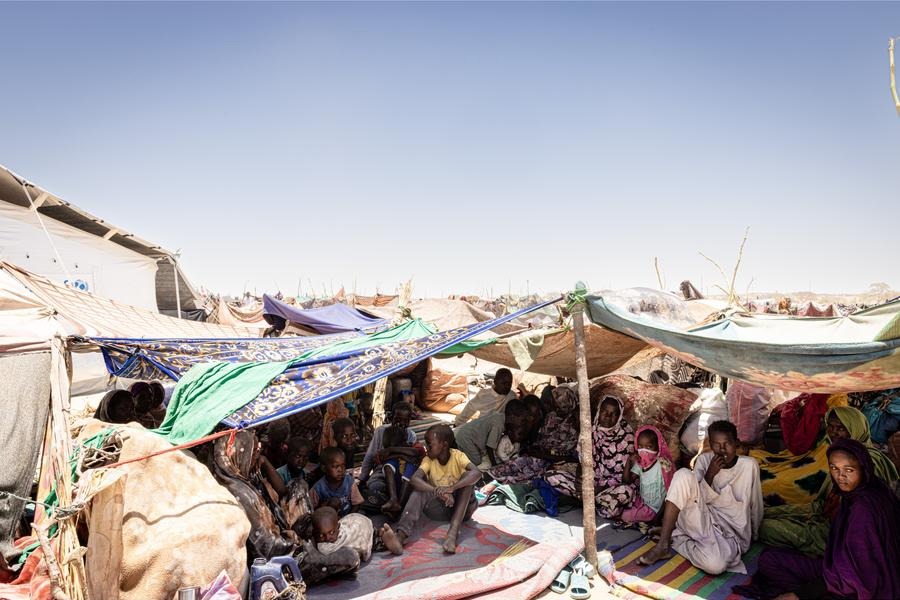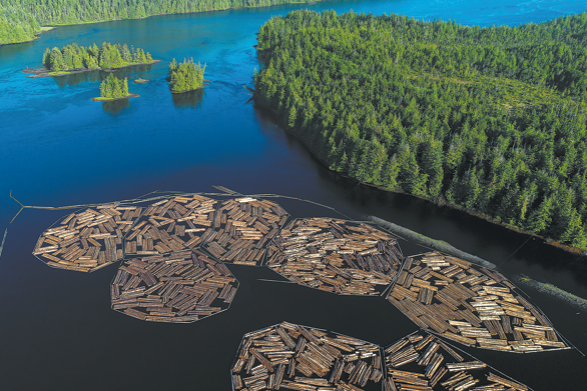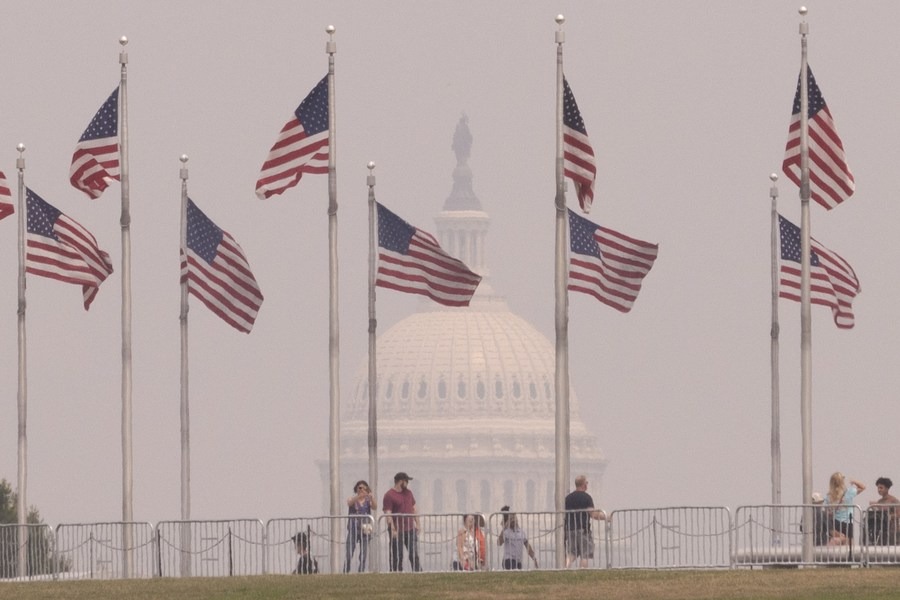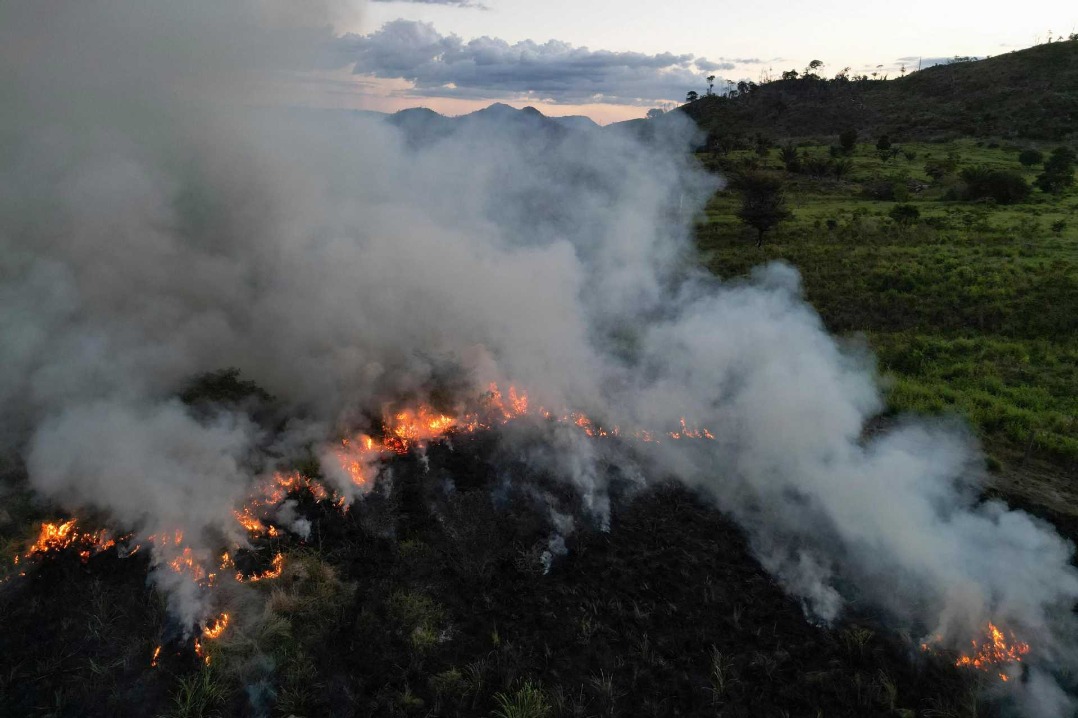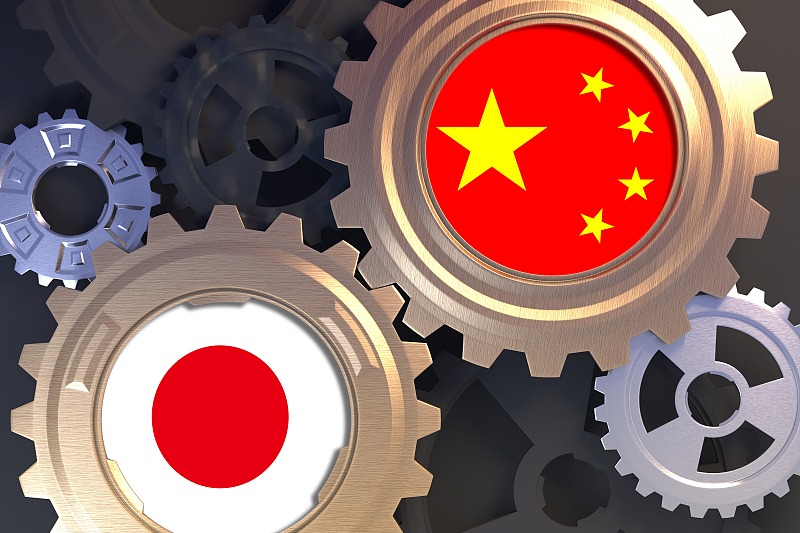Western commentators still unsure of what to make of BRI


China's construction of the world's largest inland dry port at Khorgos in Central Asia has generated growing interest among Western commentators, reflecting a familiar mixture of awe and suspicion about the global impact of Chinese economic transformation.
Situated on the China-Kazakhstan border, at one of the furthest points on the planet from the sea, Khorgos has grown from a small, isolated village to become a major hub on the Belt and Road trade routes.
As visiting writers and experts have carried news of the barely decade-old development of Khorgos to a Western audience, the project has been popularized as the place where East meets West, or as the "new Dubai".
As the United Kingdom's Guardian newspaper wrote of Khorgos in mid-2018, "it is both the middle of nowhere and the center of Beijing's plans for a new world order".
Interest has been heightened by the novelty of the new freight train services that now play an increasing role in trade between China and major European destinations.
Goods, including clothes and household products, travel west, while pharmaceuticals, baby milk, and whisky are among the items on the return journey to China.
The New York Times last month dedicated a major magazine item to Khorgos, asking whether China could turn the middle of nowhere into the center of the world economy.
"Khorgos has become an unlikely harbinger of the interconnected planet,"according to author Ben Mauk, "a zone fully enclosed by the logic of globalization, where goods flow freely across sovereign borders, following corridors designed to locate every human being on the planet within a totalizing network of producers and consumers, buyers and sellers."
Others have expressed some skepticism about the enterprise, highlighting the teething problems that have inevitably surfaced in such a major project. The UK's Financial Times newspaper noted a year ago that most traders in the region still relied on maritime links. It also said customs processes were slow, and trains on either side of the border ran on different gauges.
These problems "illustrate the shaky ground beneath China's ambitious plans to boost its global influence and bolster slowing economic growth at home," the newspaper suggested.
The United States-based Center for Strategic and International Studies nevertheless acknowledged in a survey last year that Khorgos now processes trains 20 hours faster than an older terminal. And temperature-controlled containers now allow perishable goods to be shipped via rail, although volumes are still modest.
"These new services have captured imaginations, but it remains to be seen how much trade they can capture," the survey suggested.
The Western media's interest in Khorgos and the overall Belt and Road Initiative is part of a wider and sometimes nervous fascination with Chinese economic development and how it affects the rest of the world.
This is particularly so at a time of international tension over trade and other issues, and concerns about global growth.
An essay on China's transformation published in the New York Times last year marveled that the country now led the world in the number of homeowners, internet users, college graduates, and even billionaires. Extreme poverty had fallen to less than 1 percent.
"An isolated, impoverished backwater has evolved into the most significant rival to the United States since the fall of the Soviet Union," it stated.
Canny Western investors and strategists these days track China's growth rates as intensively as they watch the evolution of share prices on Wall Street. A recent slight dip in those rates has sparked some alarm in Western markets that decades of Chinese expansion could be faltering.
Officials in Beijing have dismissed these fears as overblown. Wang Qishan, China's vice-president, noted last month that other major economies were facing risks that included unilateralism, protectionism, and populism, a clear reference to the trade policies of the US president, Donald Trump.
China's 2018 growth rate of 6.6 percent was still "a pretty significant number," he stressed.
The West's sensitivity to Chinese economic factors, as well as its sometimes ambiguous view of projects such as Khorgos and the Belt and Road Initiative in general highlight a certain inconsistency. The West wants Chinese growth to fuel the global economy, but it is nervous about the Chinese economic dominance that might arise from that growth.
This has led to a plethora of learned academic studies in Western journals about whether China is in a competition with the US for global economic domination, or whether it is engaged in a bid to reclaim its former status in the world.
This has led to what might be called a "the West has nothing to fear" attitude from some experts, even in response to the explosive growth of the Belt and Road Initiative, symbolized by Khorgos.
As Daniel Blumenthal, director of Asian studies at the American Enterprise Institute, wrote this month: "For its smaller, less developed recipients, (the Belt and Road Initiative) is still large in scope. What might be economically insignificant for the US still has large geopolitical payoffs for China."
















